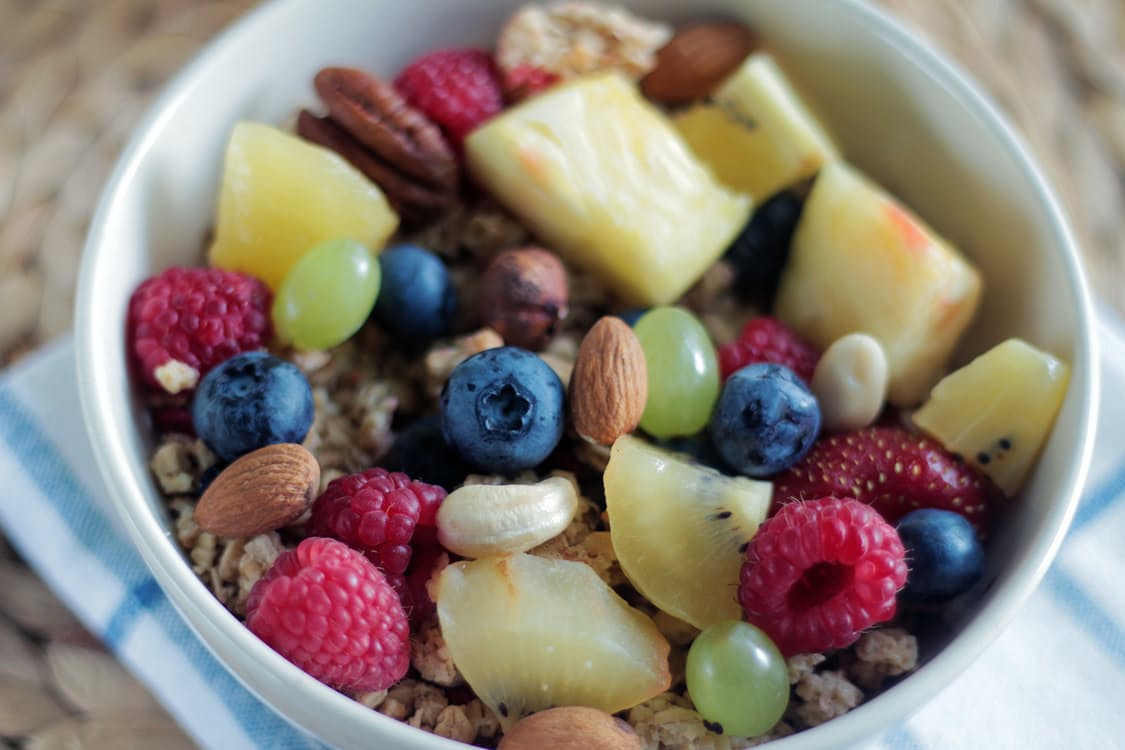By Laura Slatalla, recent ASU Nutrition Student
Part 1: Everything you Ever Wanted to Know About Cholesterol
On average, American adults only eat about 15 grams of fiber a day, when women need 25 grams and men need 38 grams. A deficiency may not be obvious if there are no tell-tale digestive problems like constipation or diarrhea, but fiber has its purpose. There are two types of dietary fiber: insoluble and soluble.

Insoluble fiber is found in the bran of wheat, fruit peels, vegetables, and whole grains like quinoa, rice, and barley. Some vegetables high in insoluble fiber are broccoli and Brussel sprouts.
Insoluble fiber is good for the digestive tract because it keeps stool moving and provides bulk. Choosing whole grains over refined grains when eating bread and pasta, as well as keeping the peels on fruits and vegetables are great ways to bump up insoluble fiber intake. At least half of the grains should be whole grains.
Soluble fiber can be found in some of the same foods as the insoluble fiber, but it acts in a different way. The best sources are oats, beans and lentils, nuts, peas, seeds, and vegetables like broccoli and green beans. Fruits like avocados, apples, and plums have a good portion of soluble fiber too. Adding beans and lentils to salads, soups, and even pasta are easy ways to impact fiber intake.
Soluble fiber combines with water and creates a gel-like substance in the digestive tract. This slows down digestion, so more nutrients can be absorbed along the way. Soluble fiber also interrupts digestion of fats and cholesterol, which lowers total LDL cholesterol levels and reduces the risk of heart disease. Enough of these foods can help maintain a constant blood sugar level because the carbohydrates are being absorbed slower, so there are no spikes in blood sugar levels.
Doubling fiber intake can seem daunting, but switching snacks to high fiber options is easy. Some great snacks are vegetables and hummus, popcorn, nuts, and fruit. Check labels and look for foods that provide a couple grams of fiber per serving. Half of a plate at meal times should be vegetables. Increasing fiber intake will increase regularity, decrease bloating and feel great!

